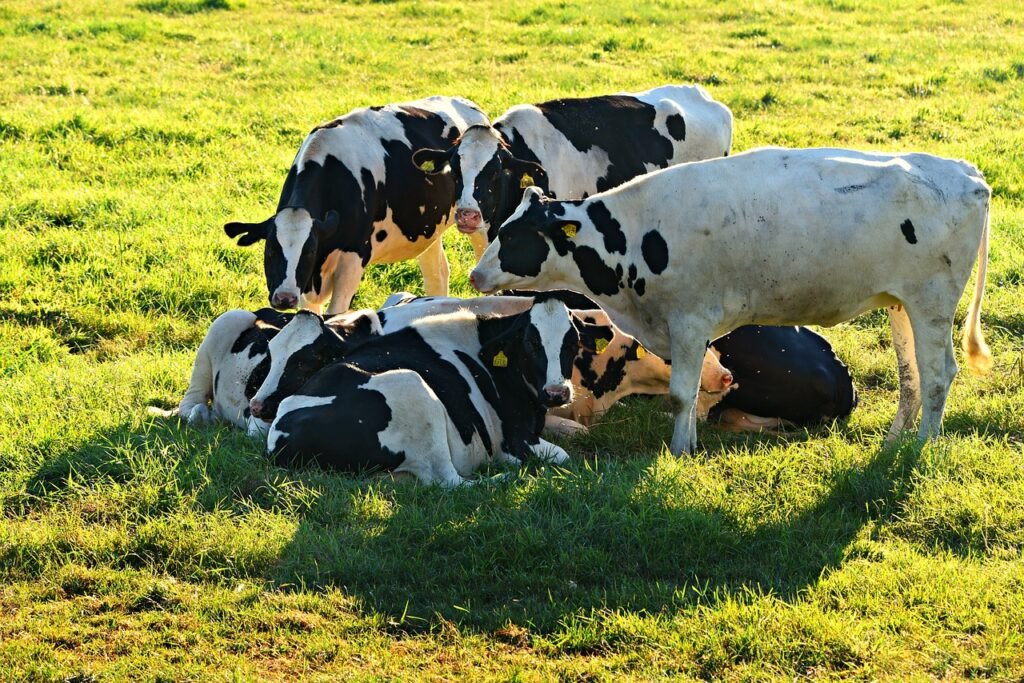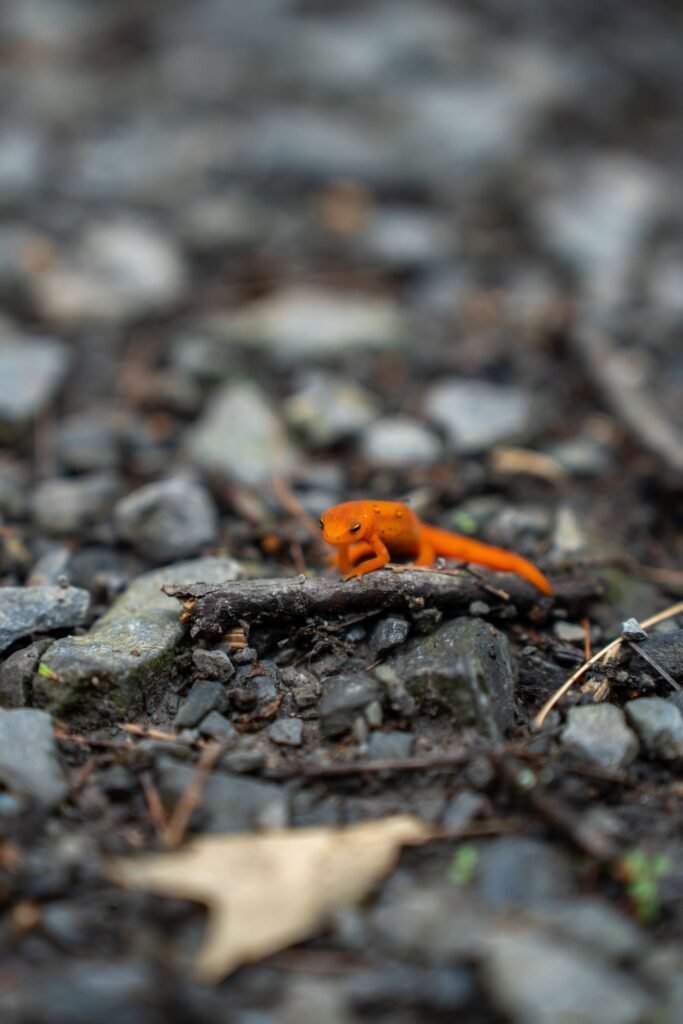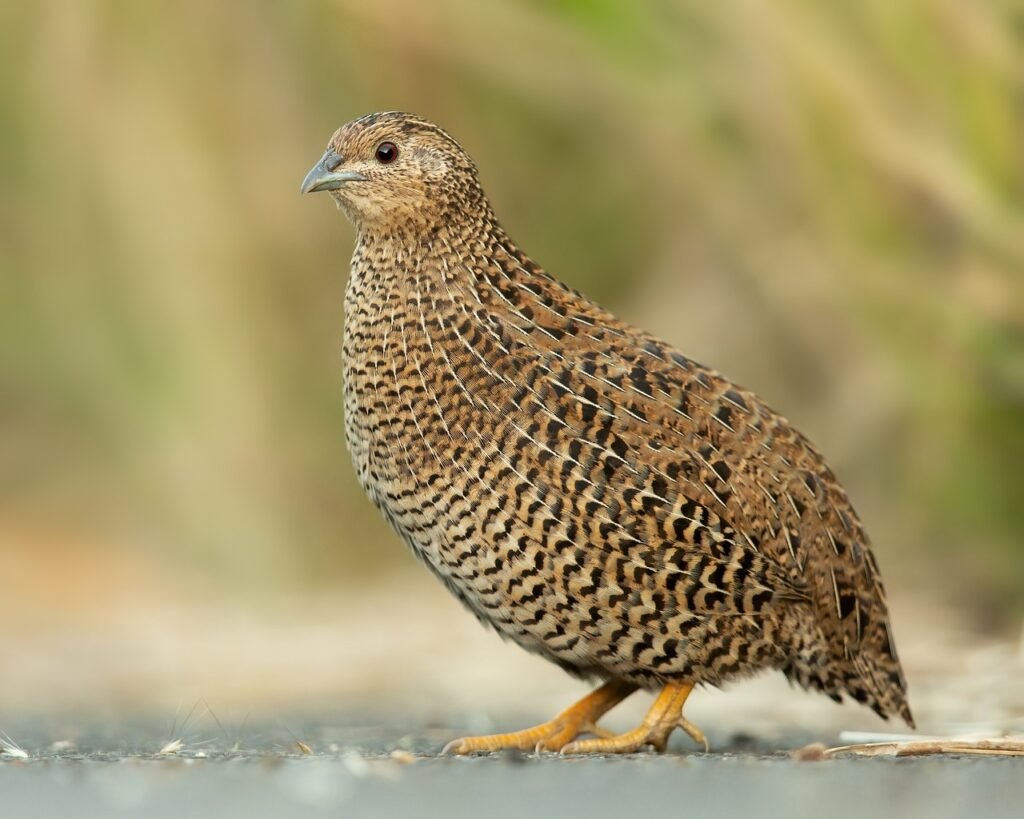This article contains Amazon Affiliate links
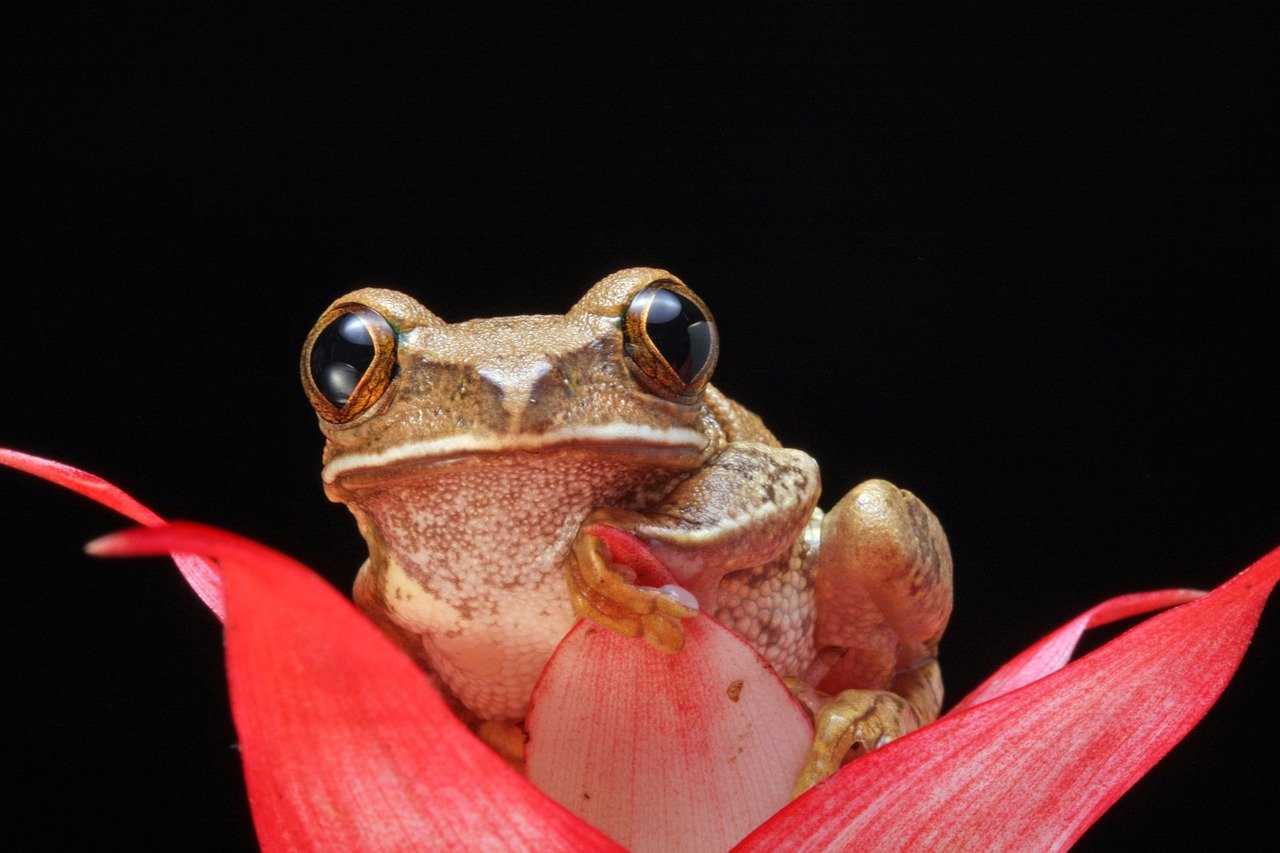
Friends With Frogs
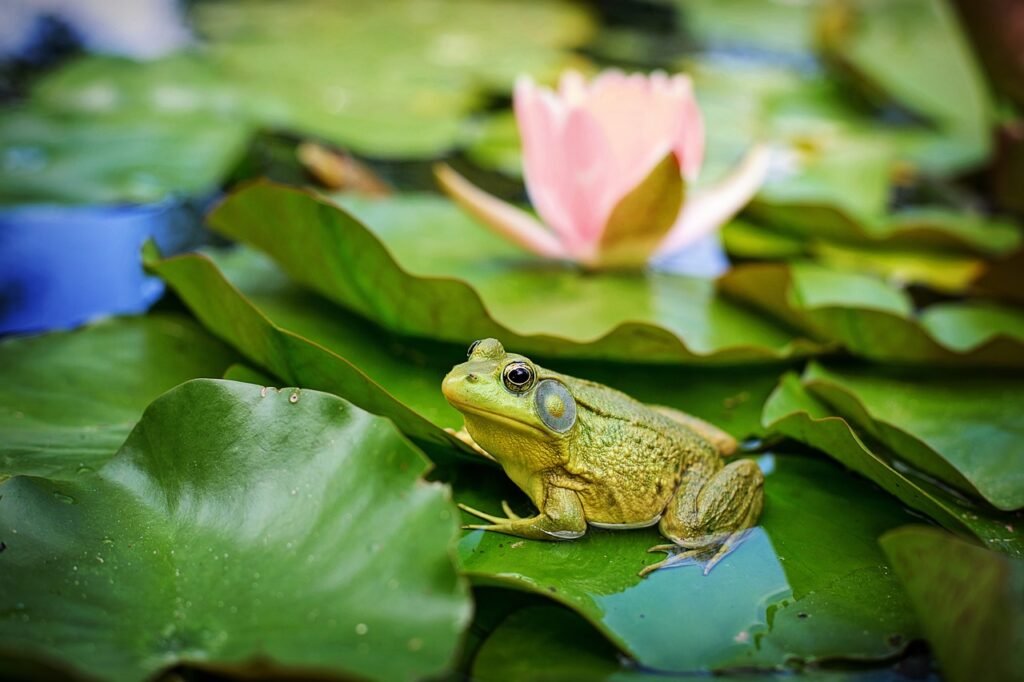
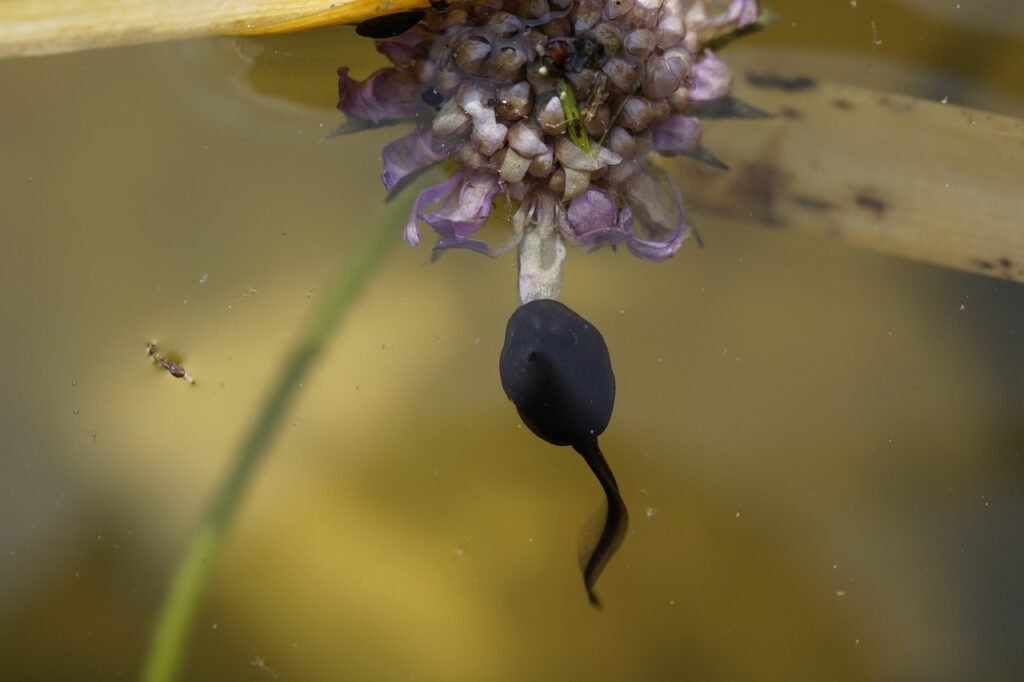
Miniature Ponds
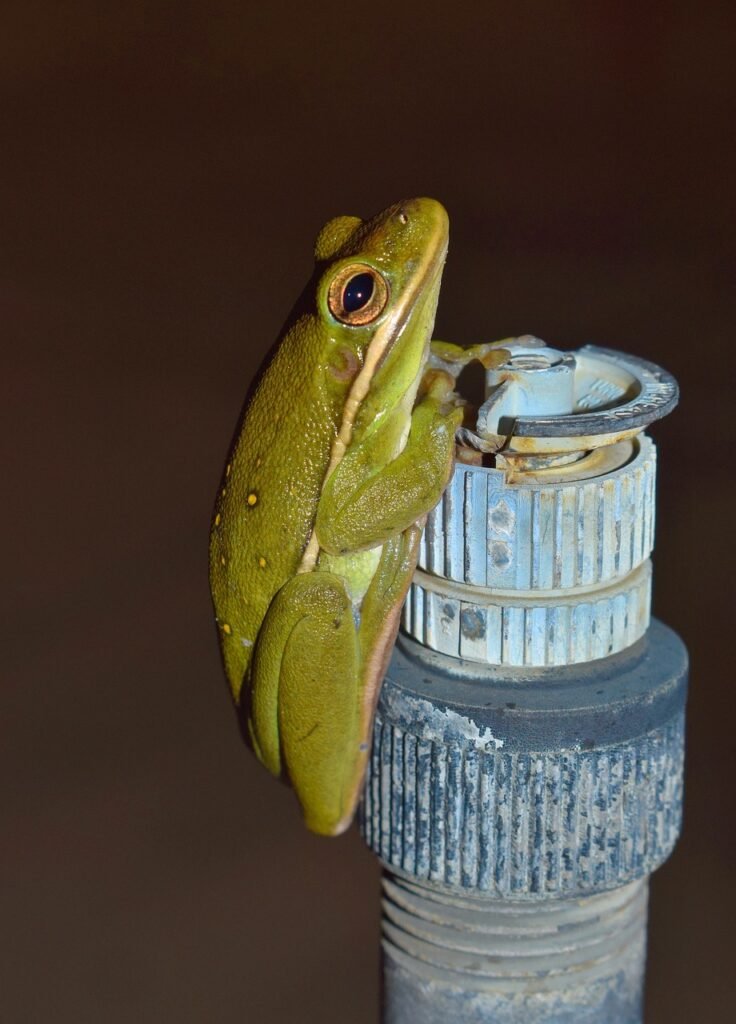
Tree Frog Perches

Salamander Hides
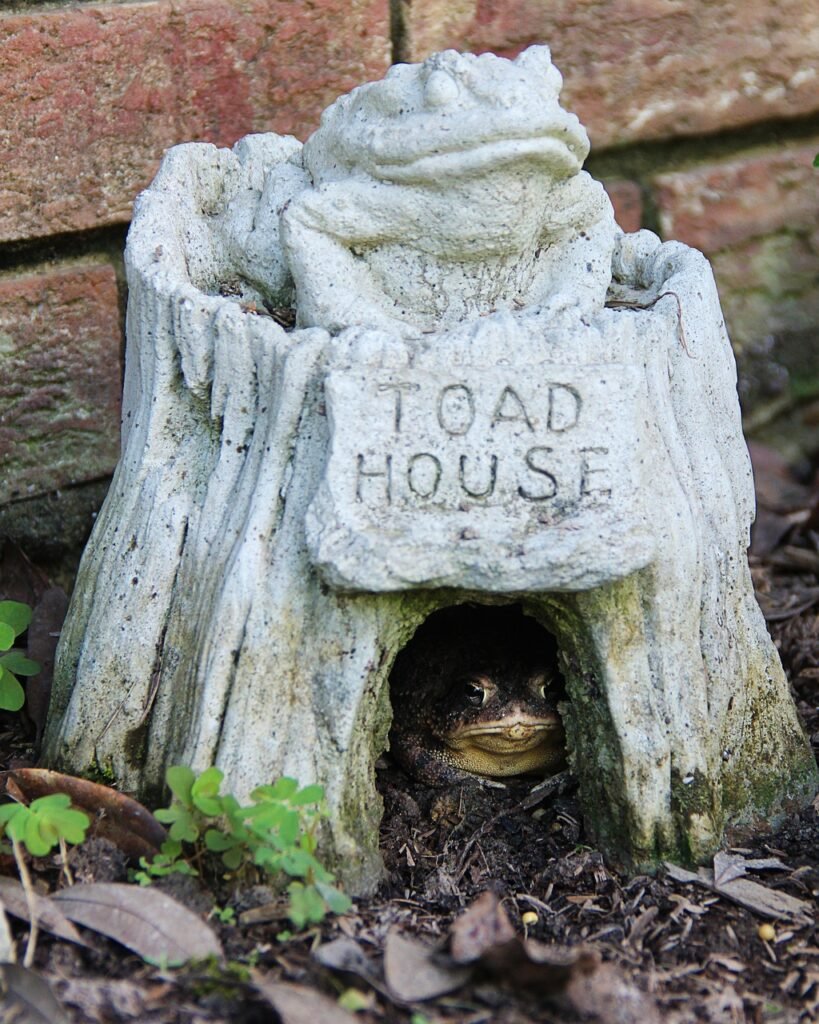
Toad Houses

In Conclusion
Four options to invite frogs and other amphibian friends to your yard have been provided in this guide. Taking advantage of these ideas will certainly increase your odds of seeing frogs hop about their day closer to your home. Observing these little creatures brings me so much joy and reminds me to consider their fragility more in my daily life.
Amphibian populations are suffering due to many new dangers introduced to their habitats. Traffic blocking their access to natural breeding pools, chemicals dripping into water drains, weed killer accidentally absorbed through their skin, and drowning in backyard pools are all very real threats to the amphibian population. With the increase of invasive species being introduced into the U.S., the population of native amphibians will suffer even more. So, what little we can do for these innocent creatures must be done.
We hope you have enjoyed reading this guide and that you consider creating your own space for frogs and other amphibians. As always, we appreciate your readership and hope to have you back soon! Thank you!
-Fauna Grey

